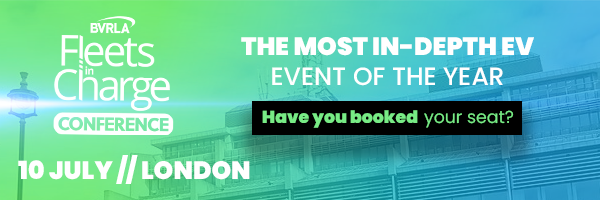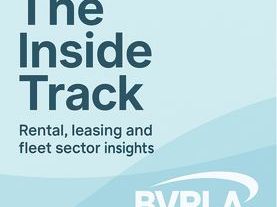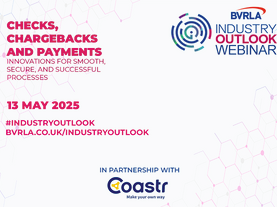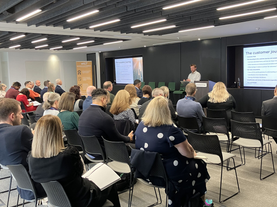A report from New Automotive has shown that price parity between EVs and their ICE counterparts may not be as far away as many suspect. On the back of the ZEV mandate being introduced last January, “Price Parity 2024: the final mile” looks at when price parity could be fully achieved.
Looking at a cross-section of the market where manufacturers offer EV and ICE versions of the same model, the report found that:
-
EV upfront costs were 12% more than petrol equivalents
-
Upfront price parity, or payback in less than 1 year, was achieved in 30% of examples
-
A further 25% would achieve payback in 2 ½ years or less
-
Motorists with average mileage could save up to £7,000 over four years by choosing an EV over a petrol equivalent, and a minimum of £3,000 over 4 years, whether they lease or buy by PCP or outright
A key observation is how the way by which a vehicle is acquired impacts the payback picture. When looking at outright purchase, the report shows that the time to reach parity varies greatly and is directly impacted by a manufacturer’s willingness (or not) to provide discounts on EV models. Of the seven pairs of models examined, payback time on outright purchase fluctuated from immediate parity up to 10-12 years.
For private leasing, the picture is more nuanced, impacted by mileage and initial deposit. On the ‘typical’ terms tested (four-year agreement, annual mileage of 8,000, nine-month rental up front), the majority of leasing agreements are already cheaper for EVs compared to their ICE equivalent. Five of the seven pairs covered by the report return a cost saving for EV over the four-year period tested.
Read the full report on the New Automotive website.
This and other topics relating to road transport decarbonisation and the transition to cleaner vehicles will be featured as part of the BVRLA’s Fleets in Charge Conference. The full-day event takes place in Westminster on Wednesday 10th July, with a small number of tickets still available.





